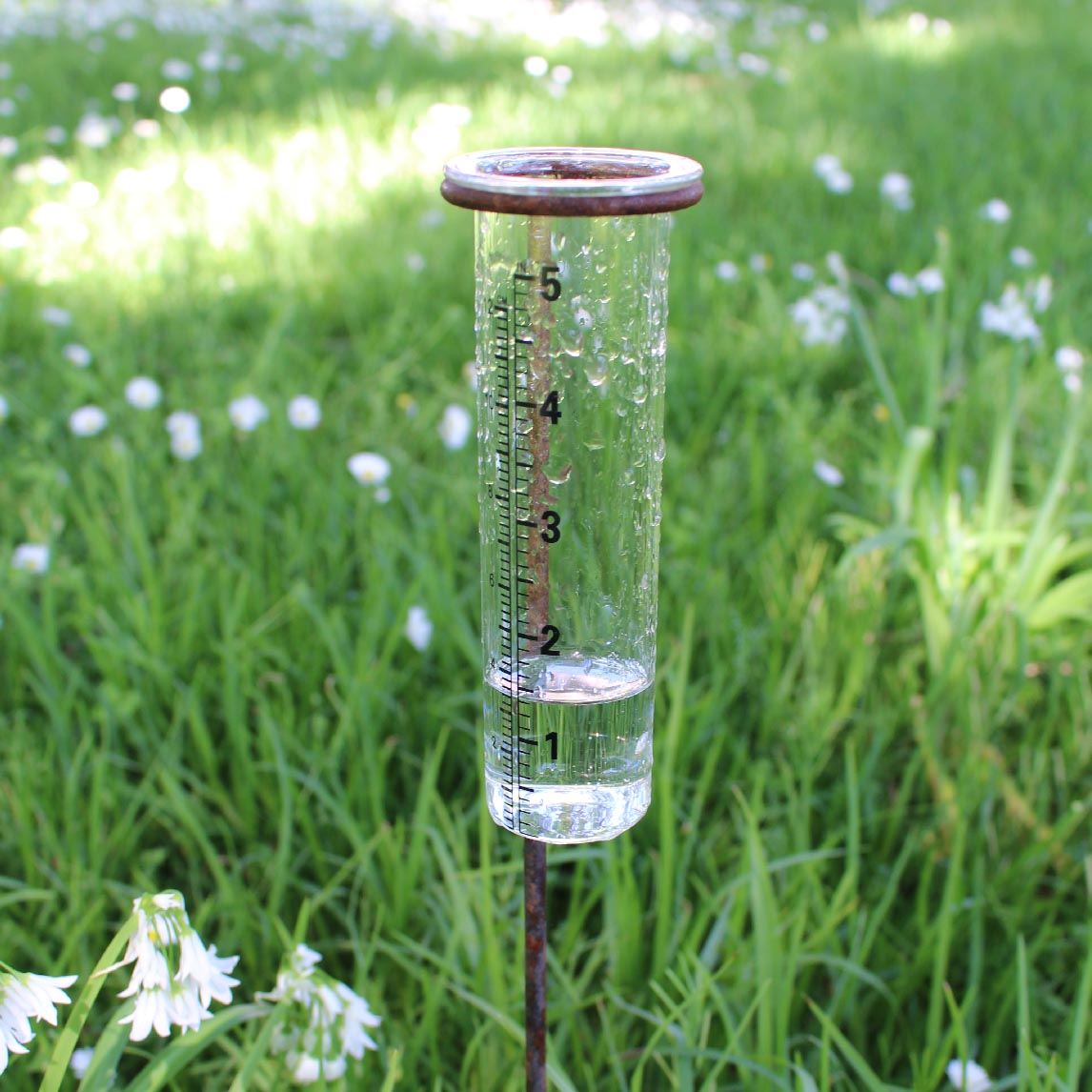The Benefits of Installing a Precision Rain Gauge for Your Weather Station
The Benefits of Installing a Precision Rain Gauge for Your Weather Station
Blog Article
Unveiling the Science Behind Rainfall Determines: Exactly How These Gadgets Play an Essential Role in Climate Research Study and Environmental Surveillance
Rainfall determines, apparently basic gadgets, hold an extensive value in the world of climate research study and ecological surveillance. As we peel back the layers of this clinical shroud surrounding rainfall assesses, we discover a world where accuracy, data precision, and thorough observation converge to reveal a much deeper understanding of our changing environment and its influence on the world.
Importance of Rainfall Gauges
Rainfall evaluates play an important role in surveillance and measuring precipitation degrees, supplying important data for climate research study and evaluation. These gadgets are fundamental in evaluating the quantity of rainfall that occurs in a certain area over a particular duration. By measuring and gathering rain, rain evaluates offer important understandings into the distribution and intensity of rainfall, assisting meteorologists, hydrologists, and climatologists in comprehending climate patterns and trends.
One of the essential reasons rain assesses are critical is their capacity to supply localized and precise information. Unlike satellite or radar-based dimensions, which provide more comprehensive monitorings, rain assesses deal accurate information particular to the location where they are positioned. This local data is crucial for various applications, including flood projecting, dry spell surveillance, and water resource administration. Furthermore, long-lasting information collected from rainfall determines assists in analyzing environment adjustment effects and patterns, contributing considerably to clinical study and decision-making procedures. In essence, rainfall evaluates function as necessary devices in the area of meteorology and environmental science, playing a critical function ahead of time our understanding of climate and environment dynamics.
Sorts Of Rainfall Scales

Performance and Operation
In the realm of environment study and atmospheric researches, the effectiveness of rainfall evaluates depend on their elaborate functionality and exact functional mechanisms. Rainfall assesses are created to precisely determine the quantity of rainfall that tips over a specific location during a set period. These tools typically contain a channel that collects rainwater and networks it into a measuring tube. The determining tube is marked with adjusted dimensions that permit the accurate quantification of rainfall.
The capability of rain assesses is based on the concept of determining and accumulating rain in a standardized fashion. This collected data is vital for understanding regional climate patterns, tracking long-term environment trends, and evaluating environmental impacts. To guarantee precise measurements, rain assesses requirement to be strategically put in open areas far from obstructions such as structures or trees that might hinder the collection process.
The functional facet of rain assesses involves routine upkeep to stop particles buildup, calibration checks to keep measurement precision, and data videotaping for analysis (rain gauge). Generally, the performance and procedure of rain evaluates are crucial for collecting trustworthy rainfall data essential to environment research and ecological monitoring
Duty in Climate Research
Offered the crucial value of precise rainfall dimensions in comprehending weather condition patterns and ecological effects, the role of rain determines in climate study is important. Rainfall evaluates offer crucial get more information for environment study by quantifying the quantity of precipitation that tips over a details area throughout a provided duration. This information is crucial for checking long-term trends in rainfall patterns, examining the impact of environment change on rains distribution, and enhancing environment models.

Environment scientists make use of information accumulated from rainfall assesses link to examine variations in rainfall degrees, determine local environment patterns, and assess the performance of water resource administration techniques. By contrasting historical precipitation data with current dimensions, researchers can discover changes in precipitation patterns, such as modifications in the frequency or intensity of rainfall occasions. This details is important for understanding just how climate adjustment is affecting precipitation dynamics and can help policymakers make informed decisions pertaining to adjustment and mitigation approaches.
Applications in Ecological Monitoring

In flood projecting, rain scale data aids to track rainfall intensity and circulation, allowing authorities to issue prompt cautions and take essential procedures to alleviate flood threats (rain gauge). Dry spell tracking counts on rainfall gauge data to analyze moisture degrees in the dirt and track rainfall shortages, aiding in the recognition of drought-prone locations and the execution of dry spell action methods
Additionally, rain scale data plays a crucial role in water source management by offering info on water availability and usage patterns. In addition, in agriculture, rain gauge information aids farmers in optimizing watering schedules, plant selection, and general ranch monitoring practices based on regional rainfall patterns.
Final Thought
Finally, rainfall gauges are essential tools for measuring precipitation, offering important data for climate research and environmental monitoring. With various kinds and capabilities, rainfall determines play an essential role in understanding precipitation patterns and their effect on the setting. By properly determining rainfall, these devices add to the advancement of clinical expertise and assistance in making informed decisions relevant to water source administration and catastrophe preparedness.
Rainfall determines play a crucial function in tracking and measuring rainfall levels, providing essential information for climate research and evaluation. The conventional rain scale, understood as the "tipping bucket" scale, is one of the most frequently used tools. Ultrasonic rain gauges usage noise waves to spot the visibility of rainfall, offering real-time information on precipitation degrees.Environment researchers use data accumulated from rain determines to examine variations in rainfall levels, determine local climate fads, and assess the performance of water resource monitoring techniques.In verdict, rain determines are vital devices for determining precipitation, providing important information for climate research study and ecological visit their website monitoring.
Report this page